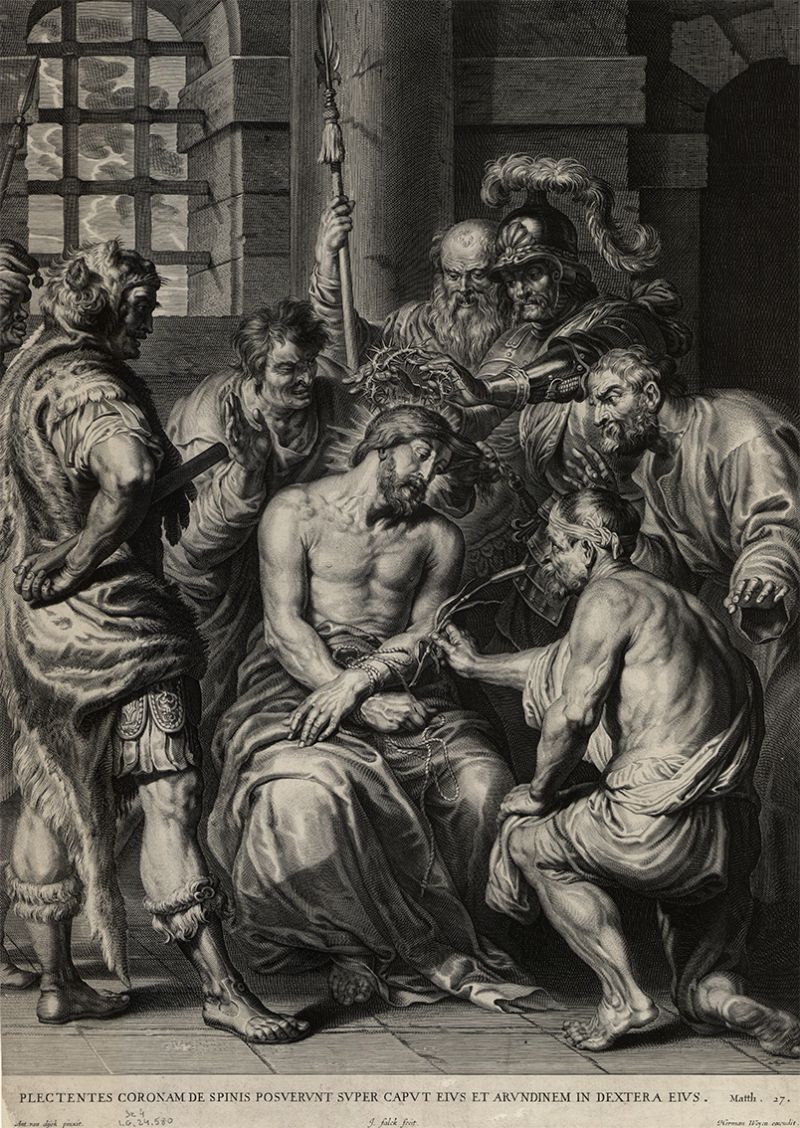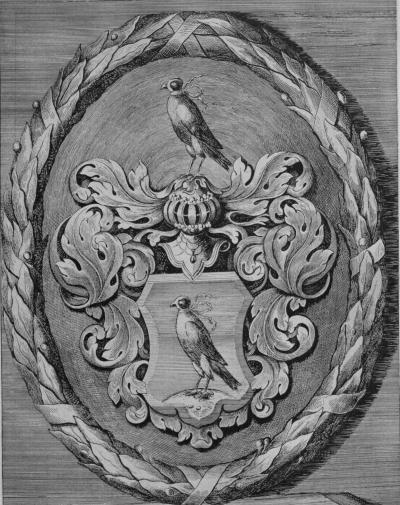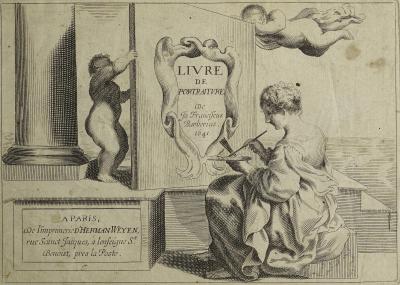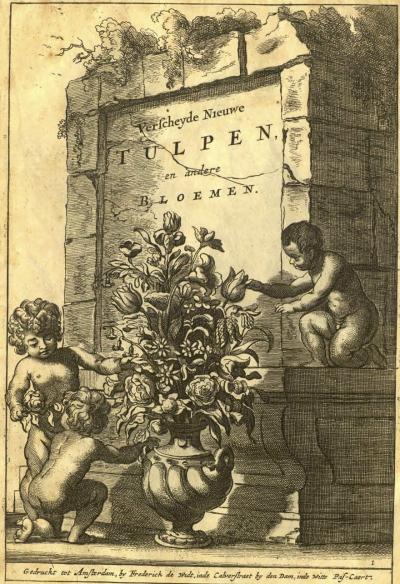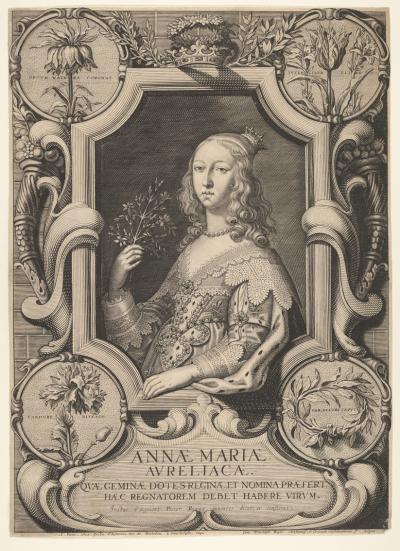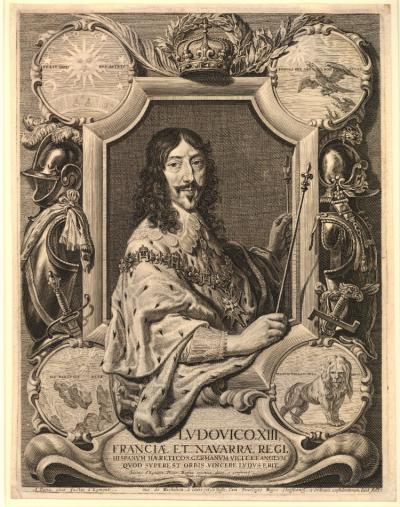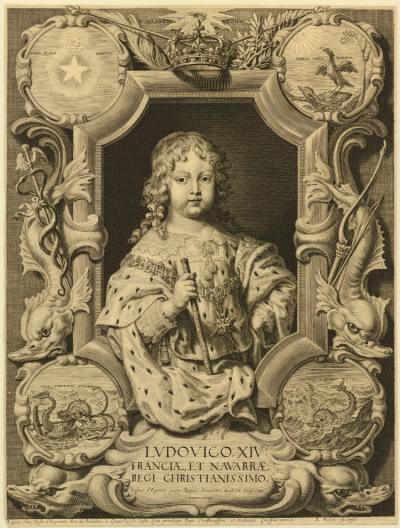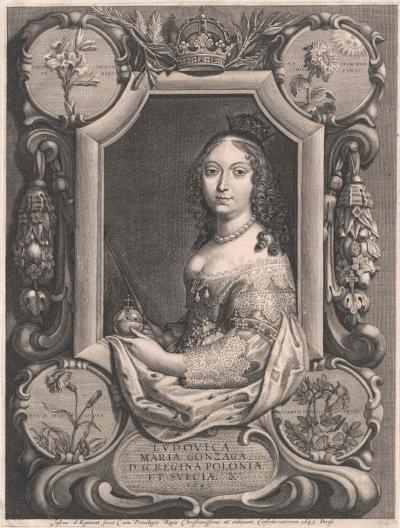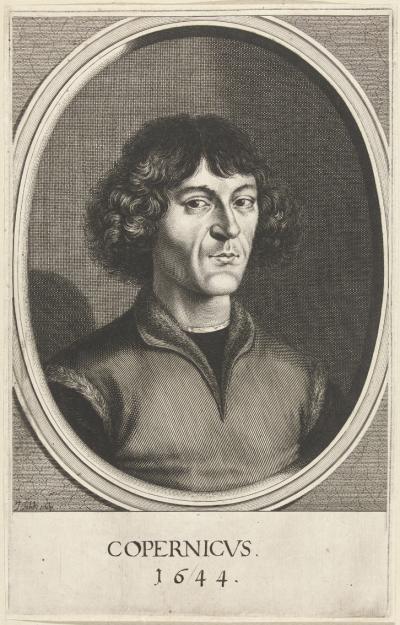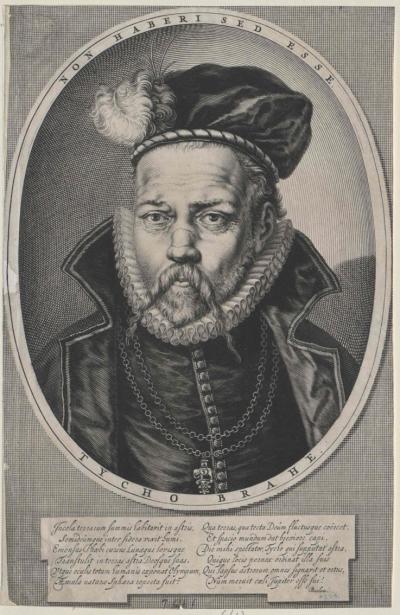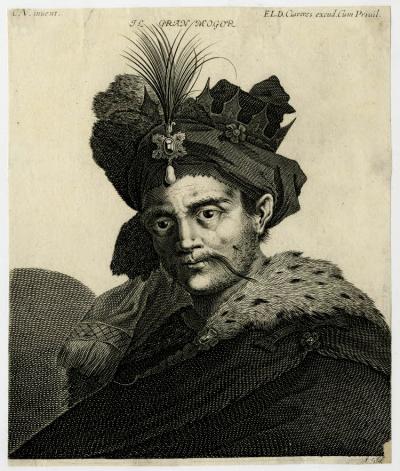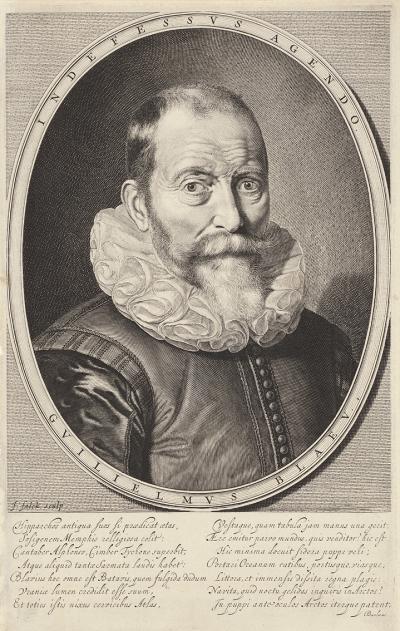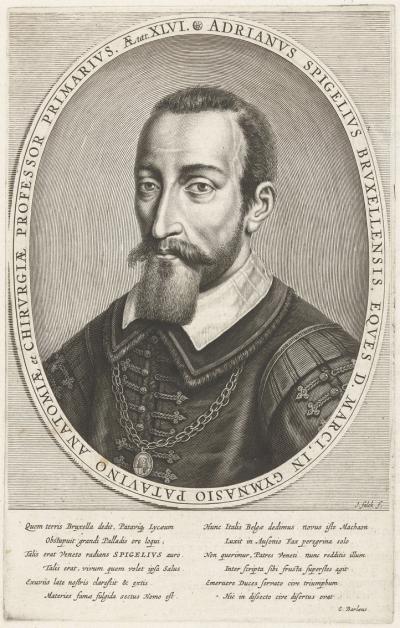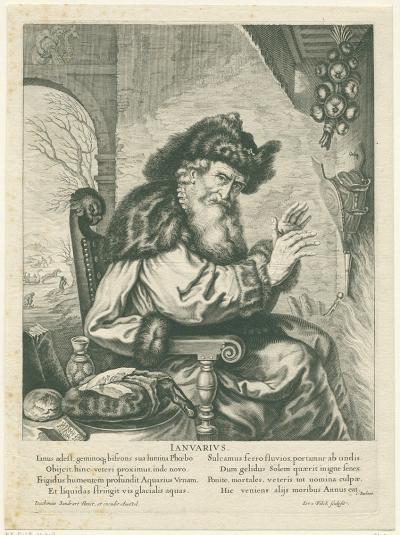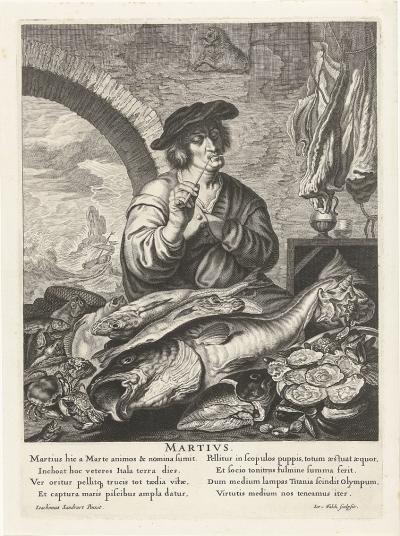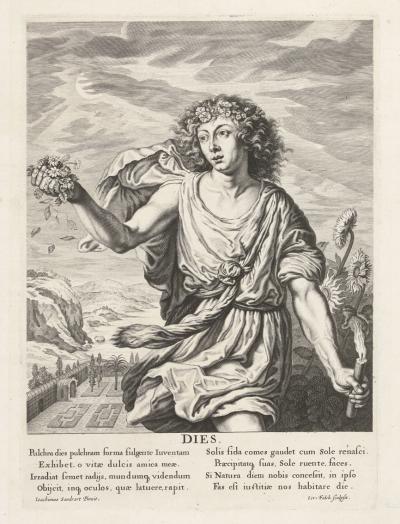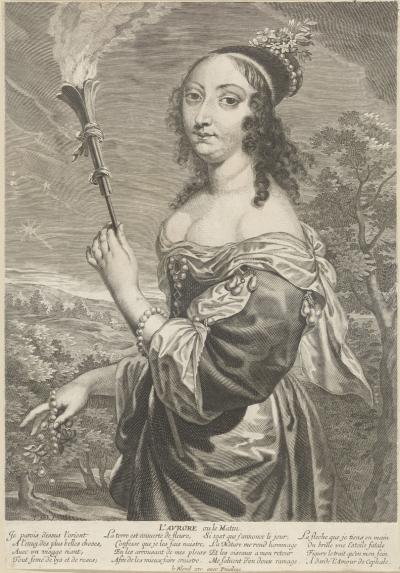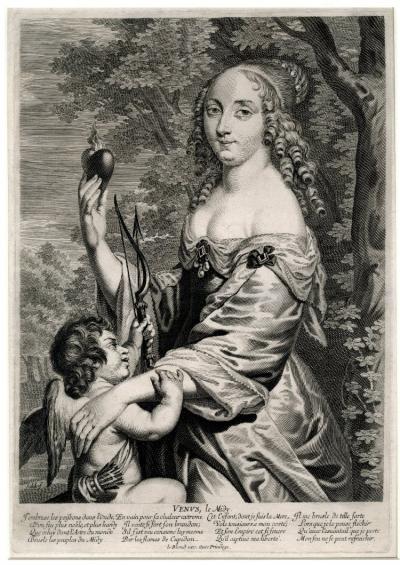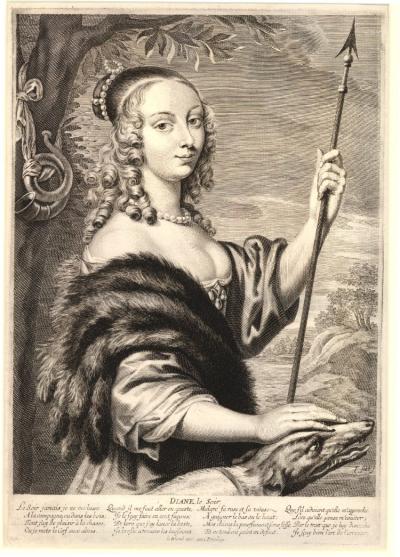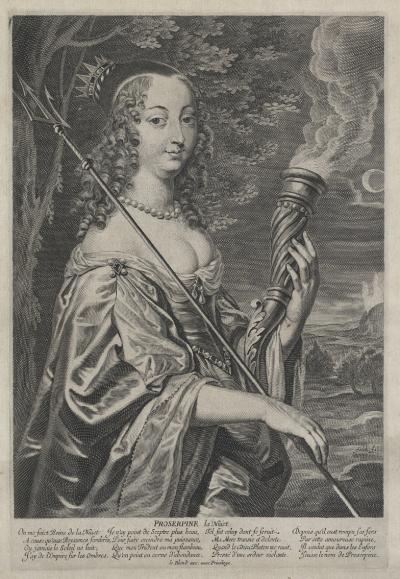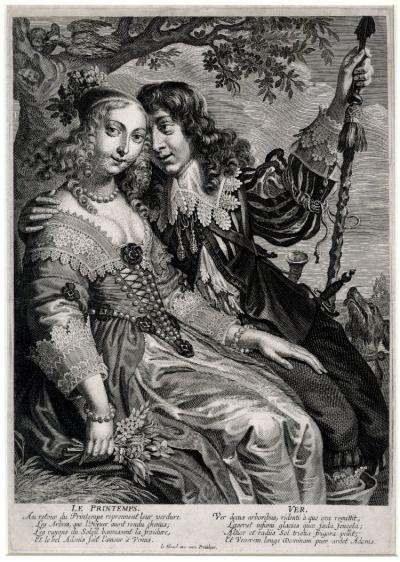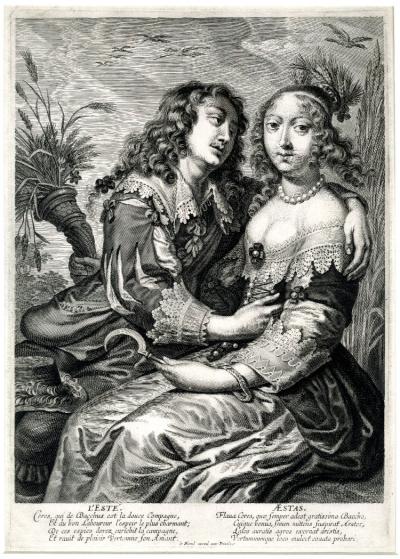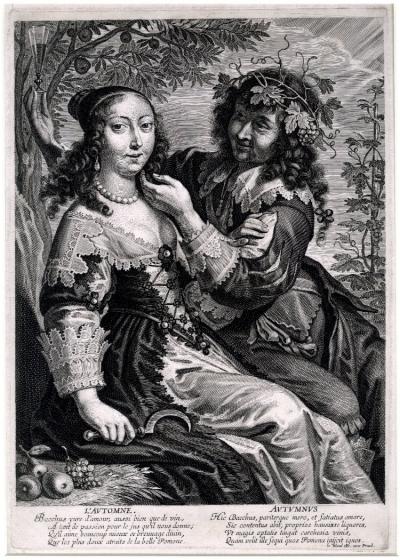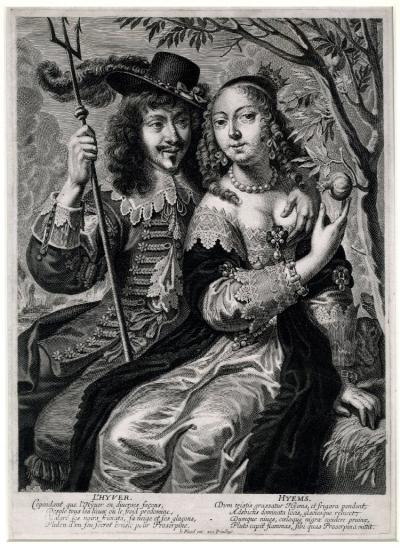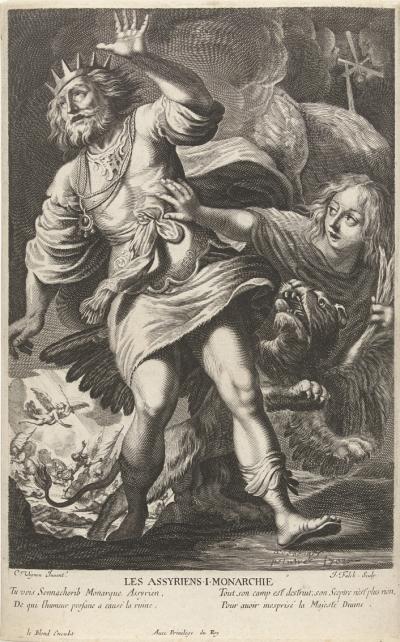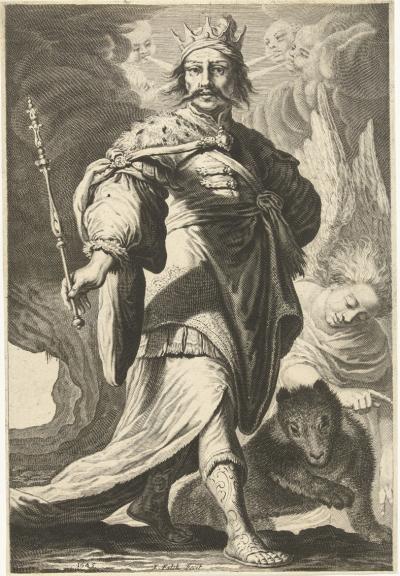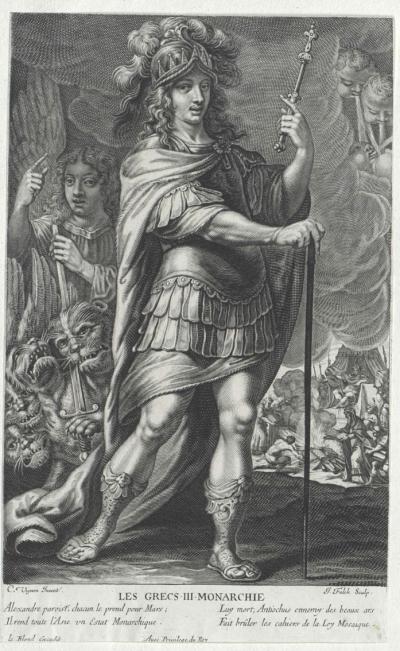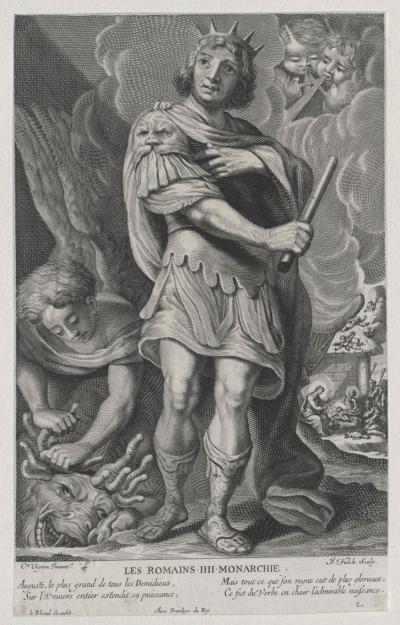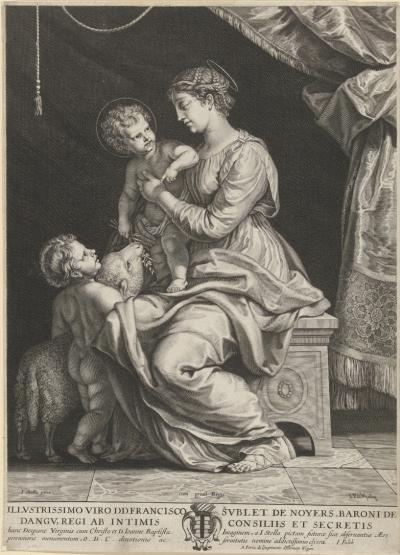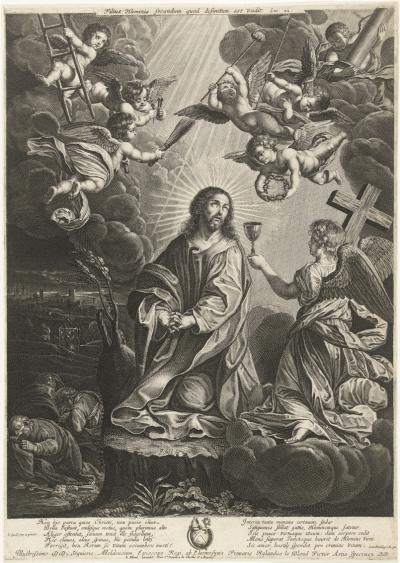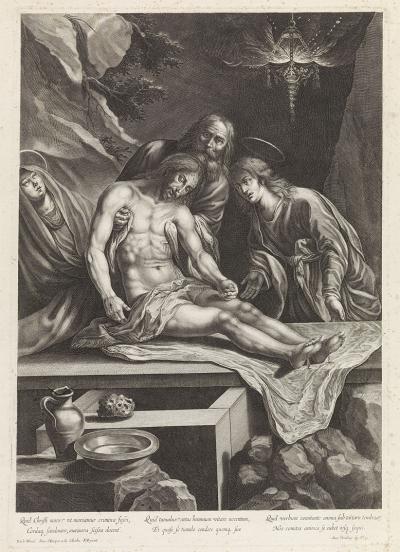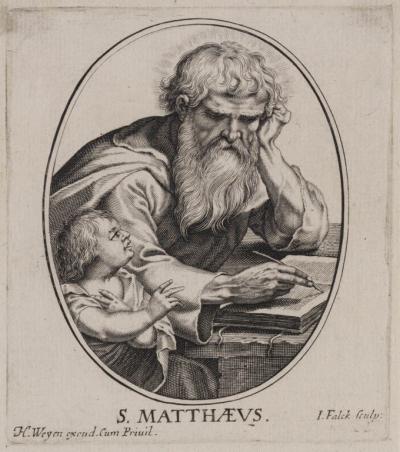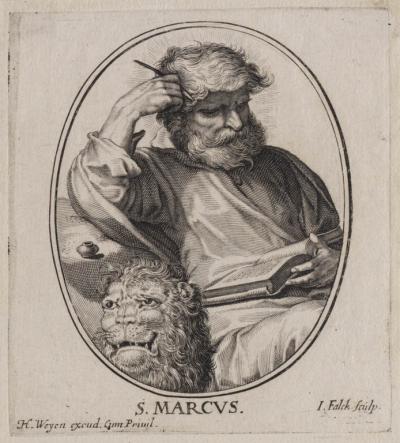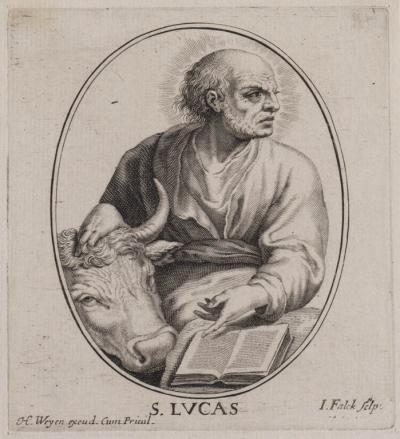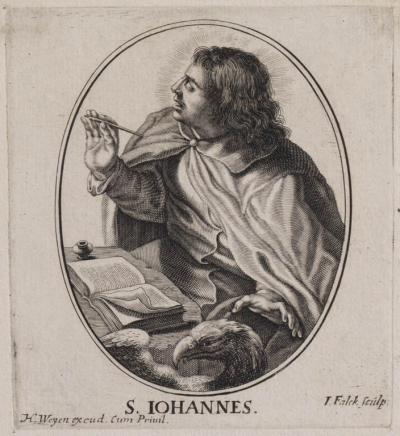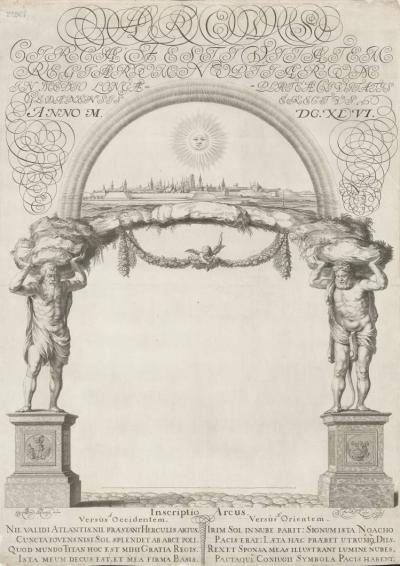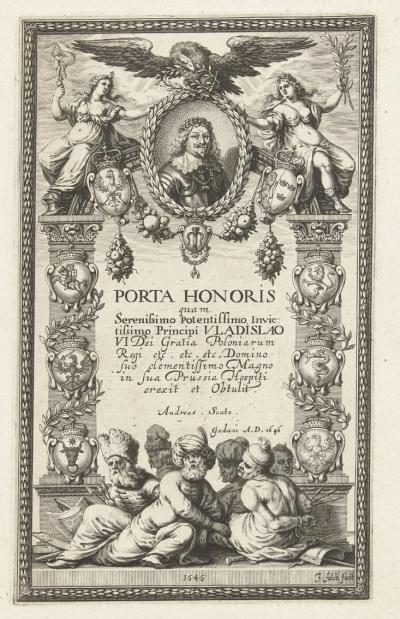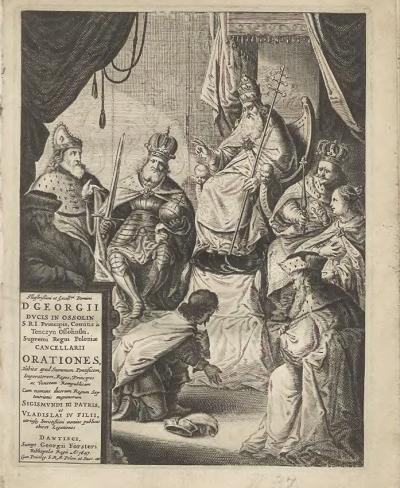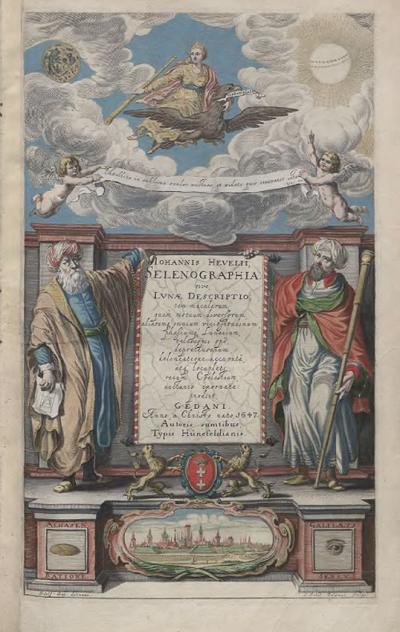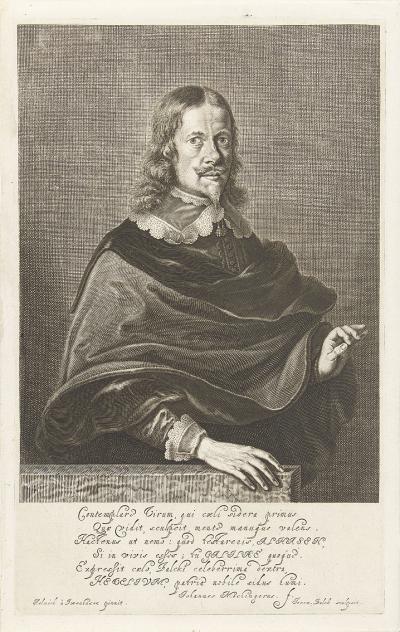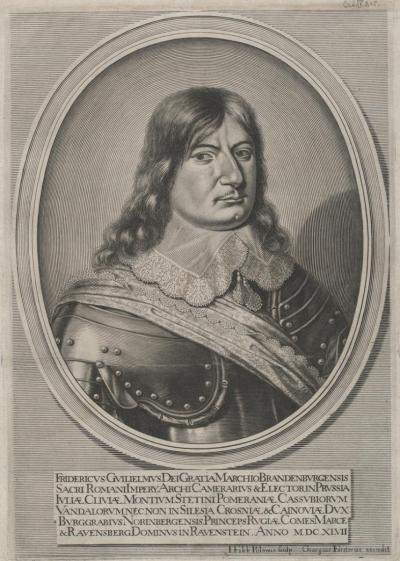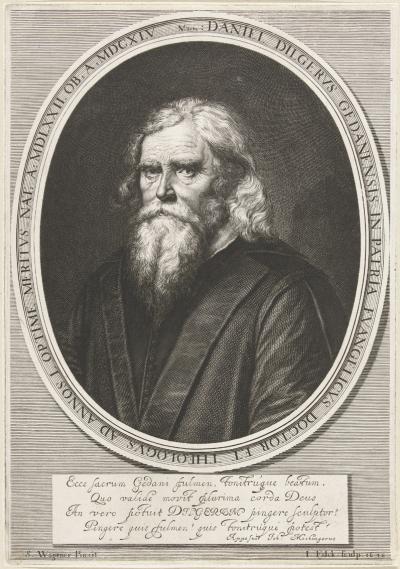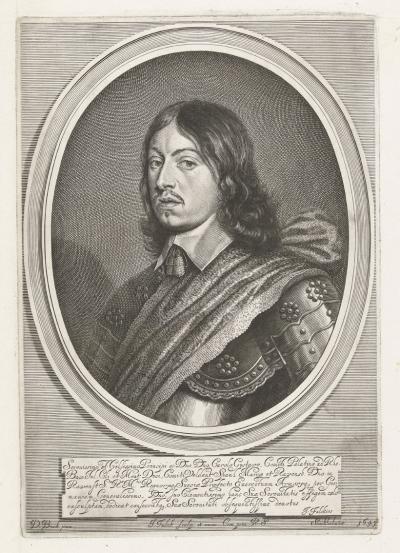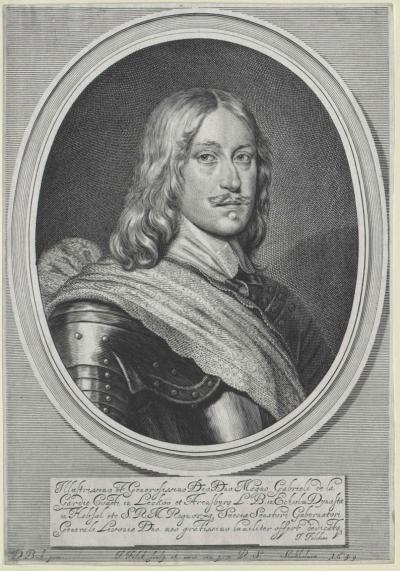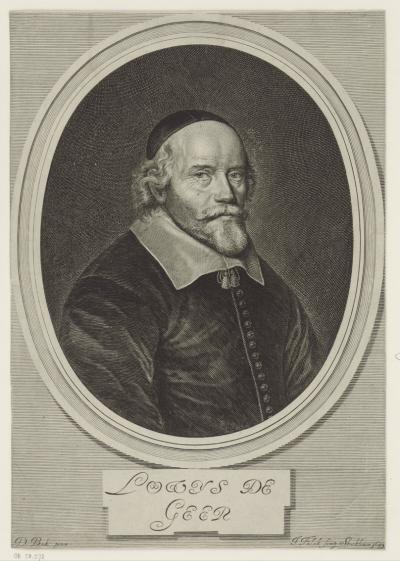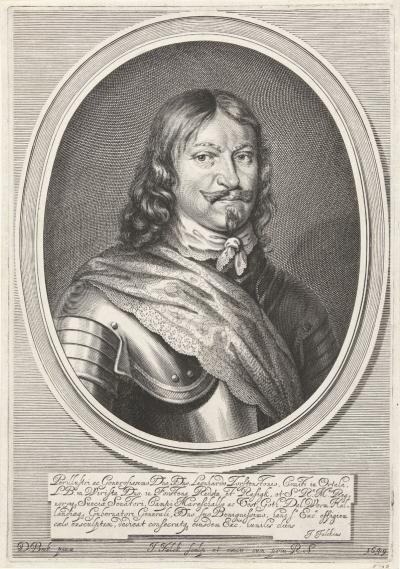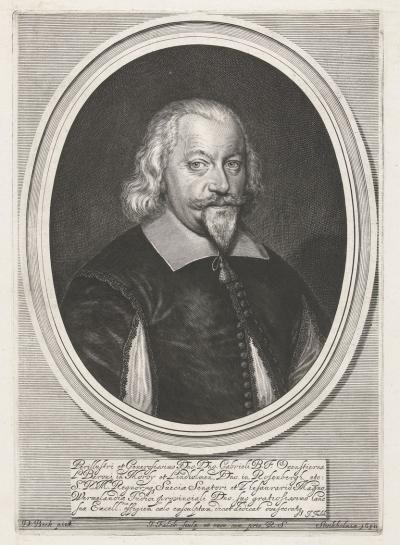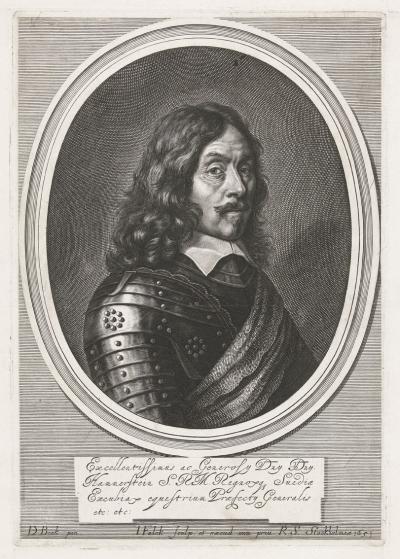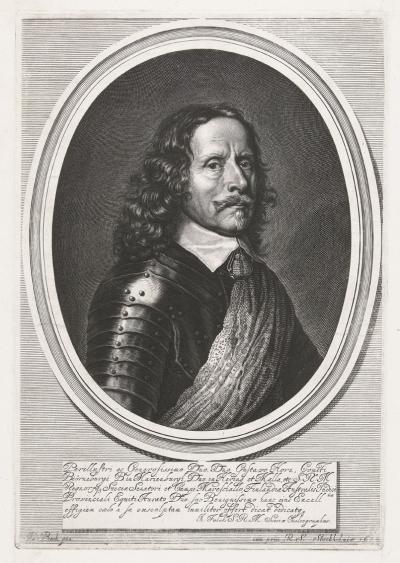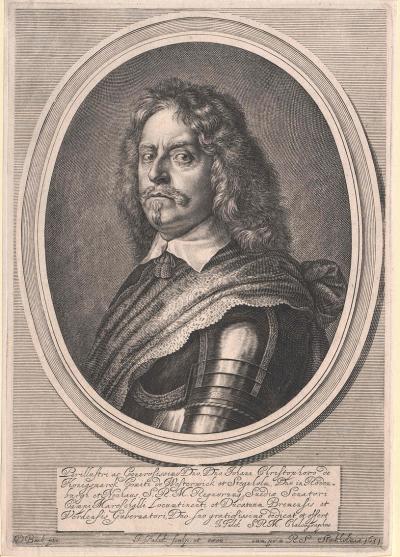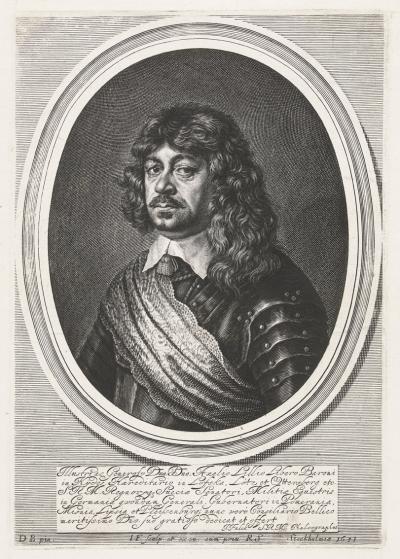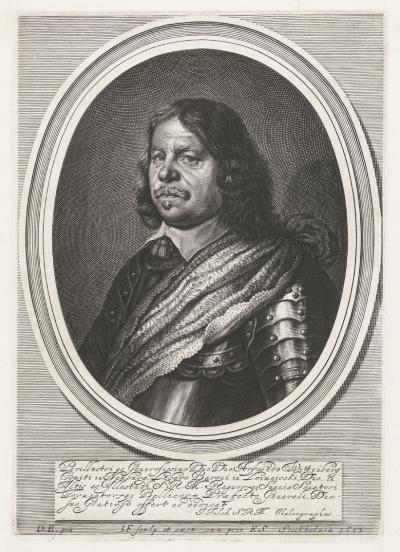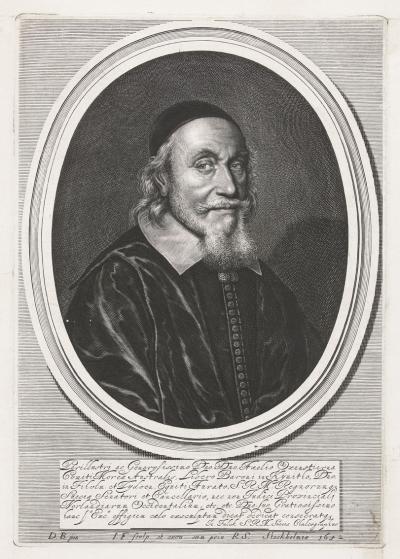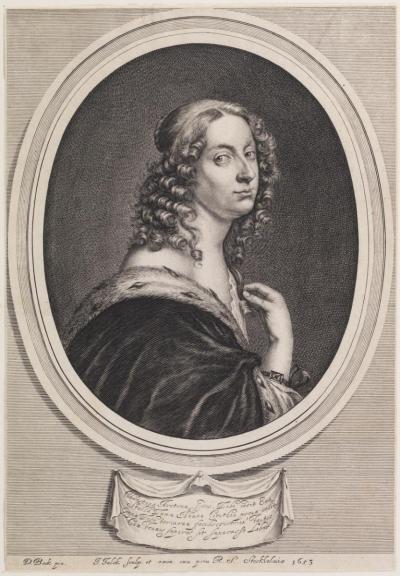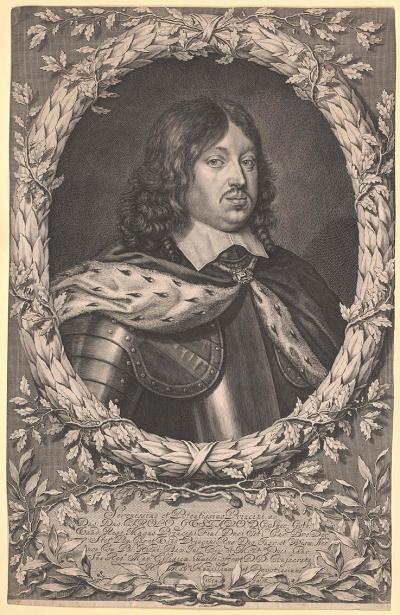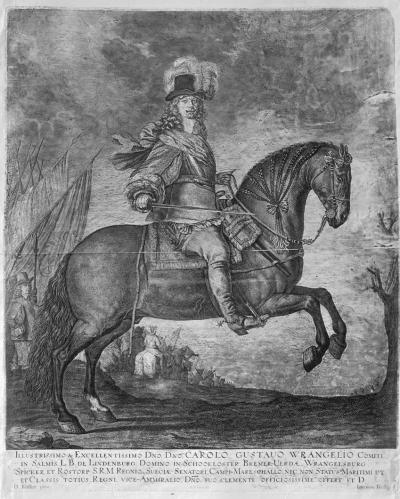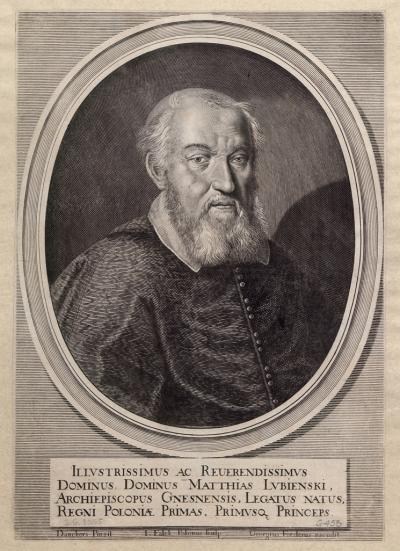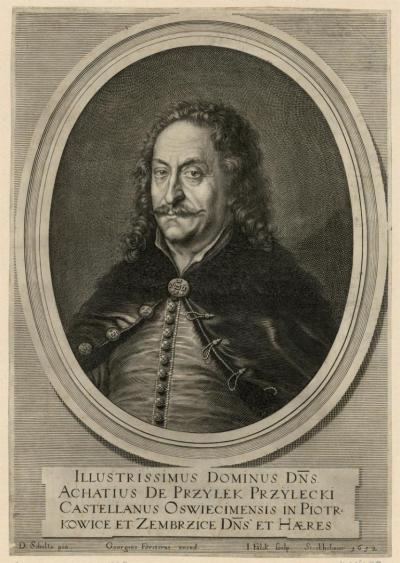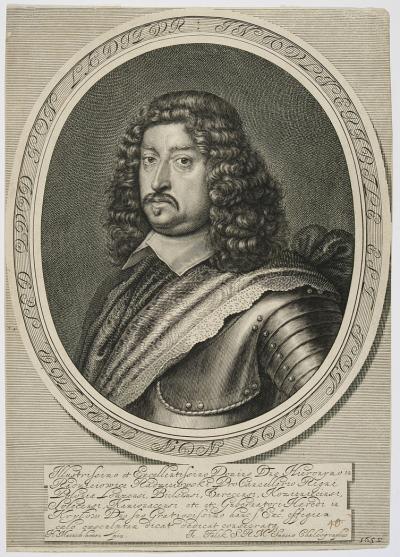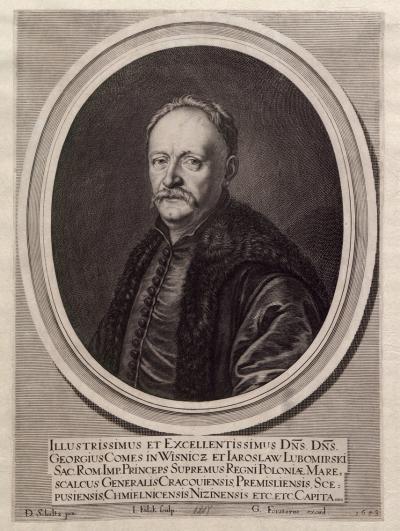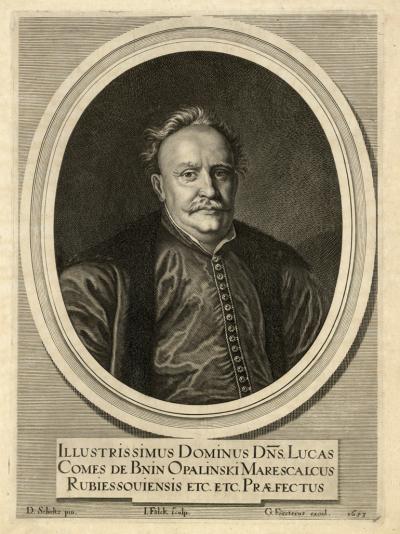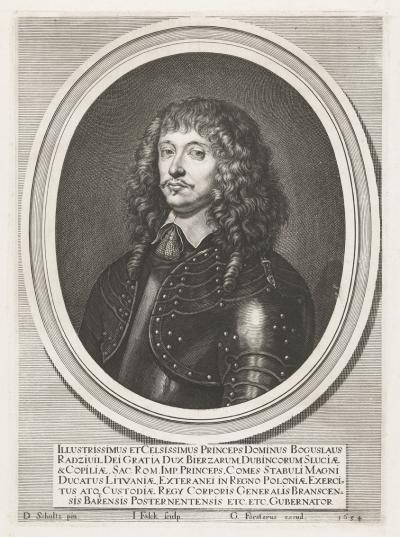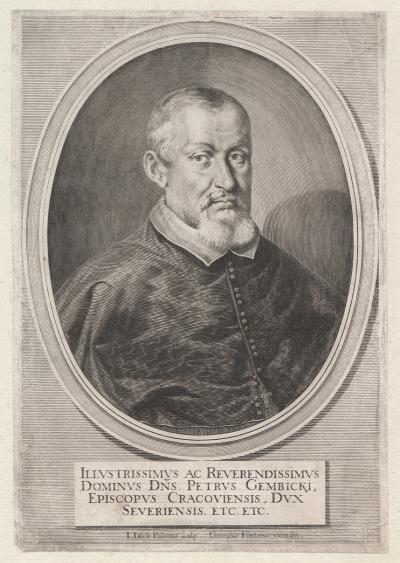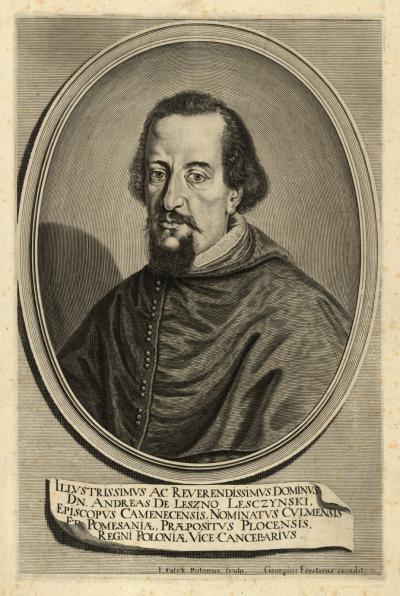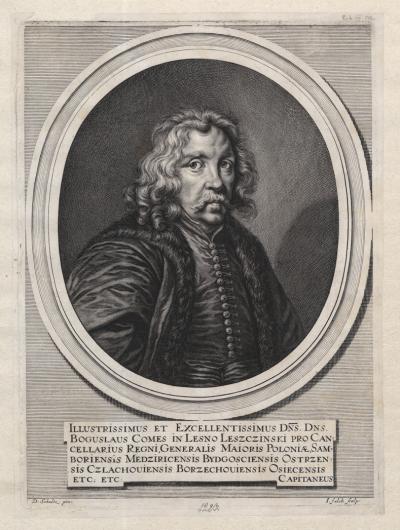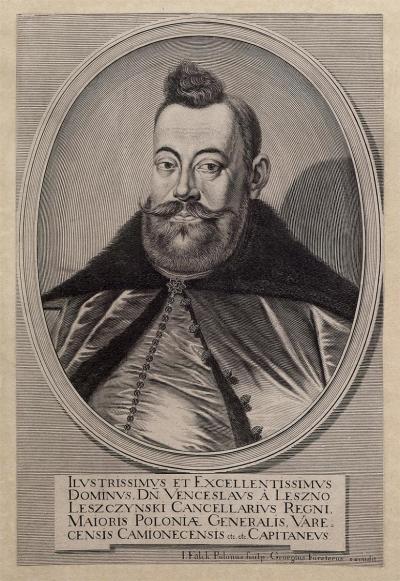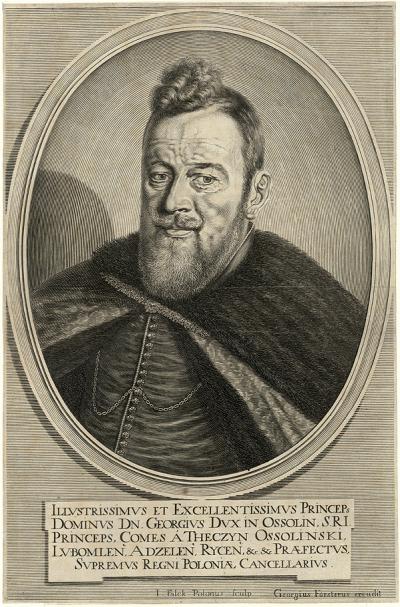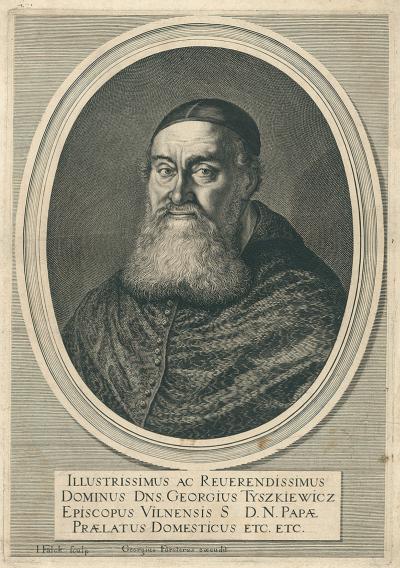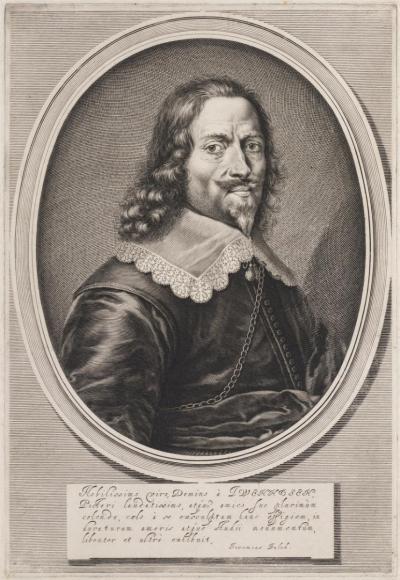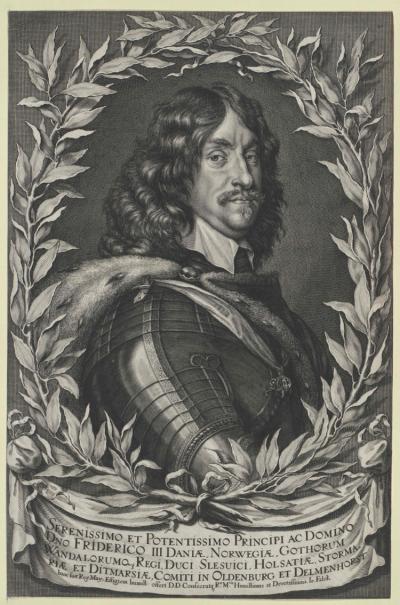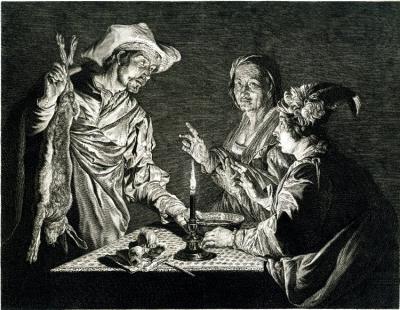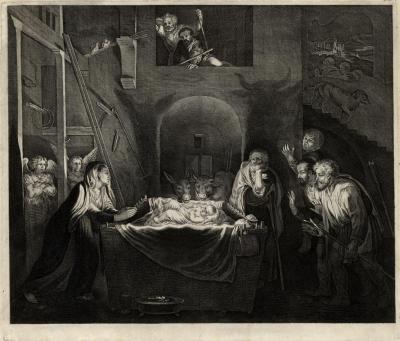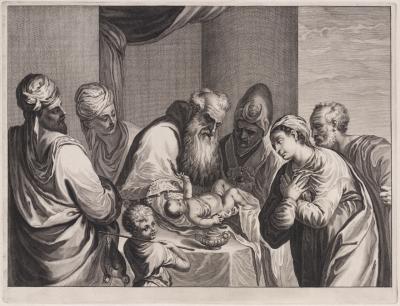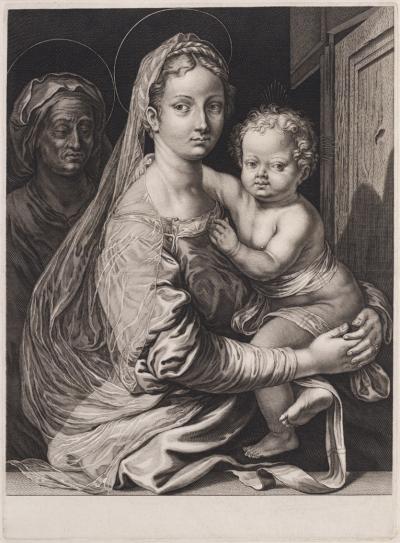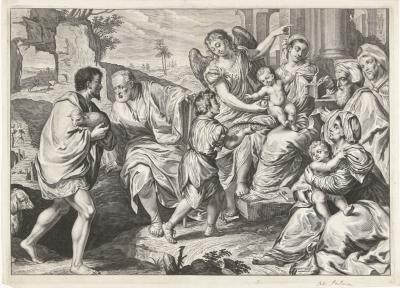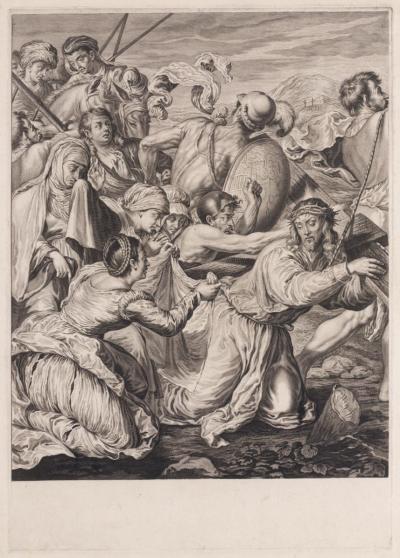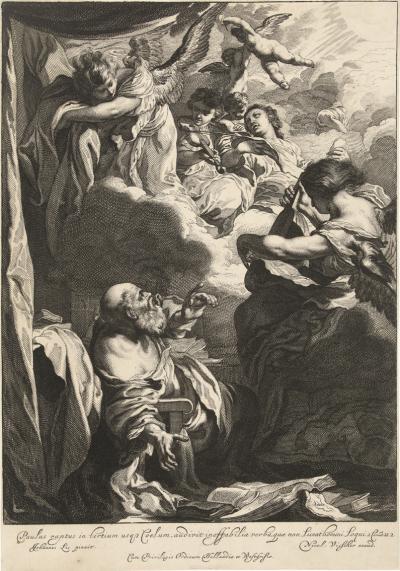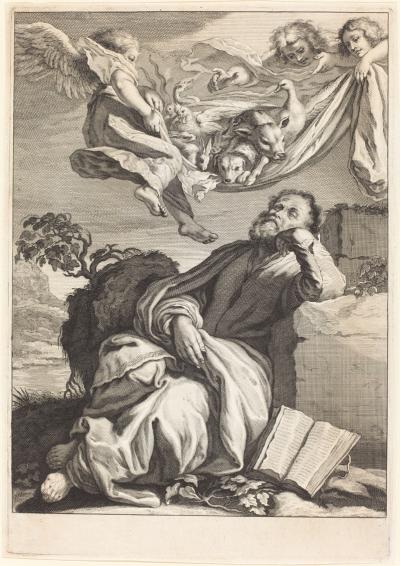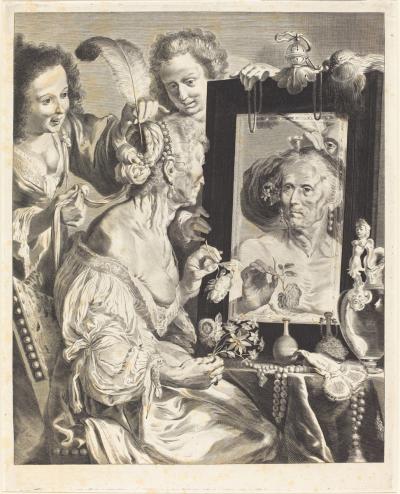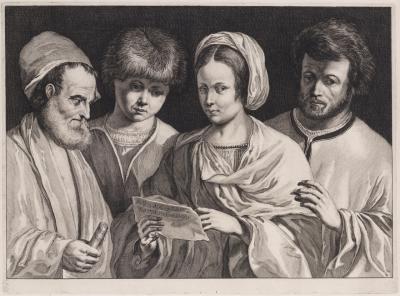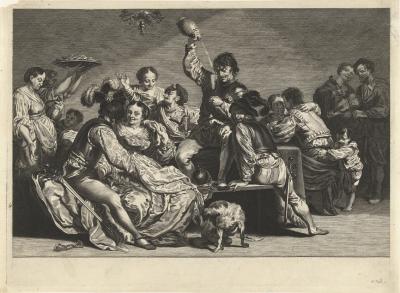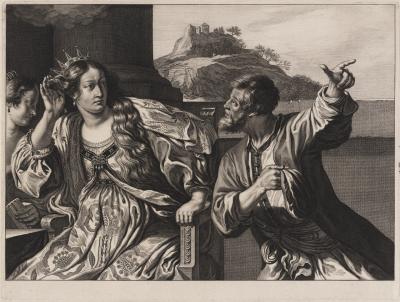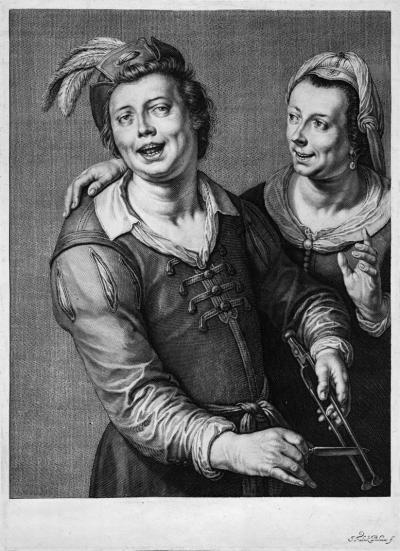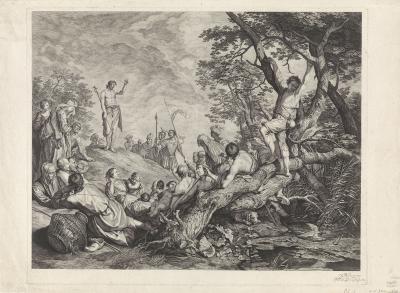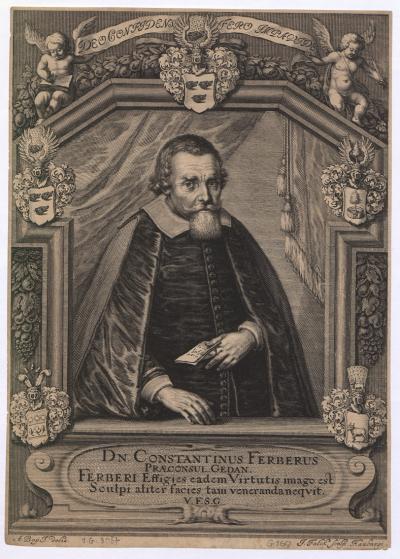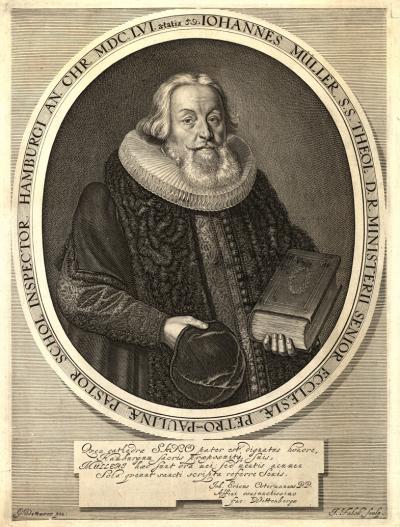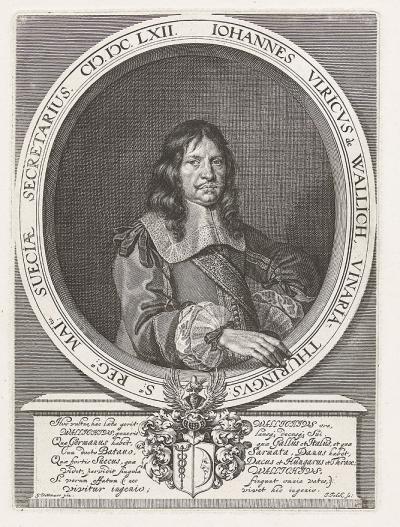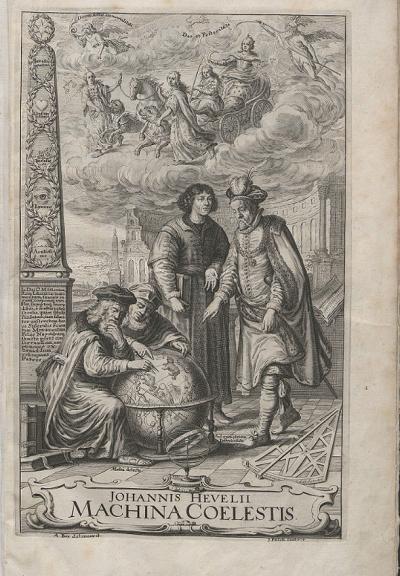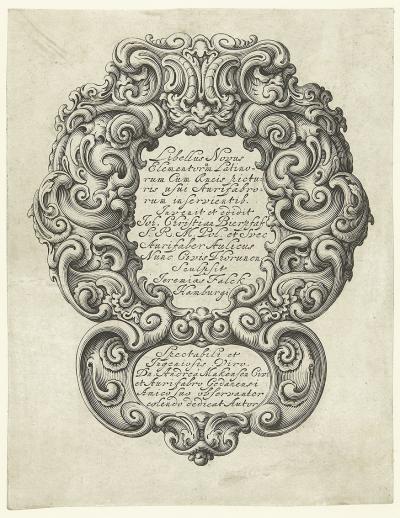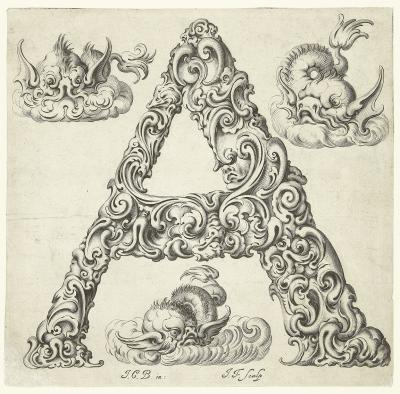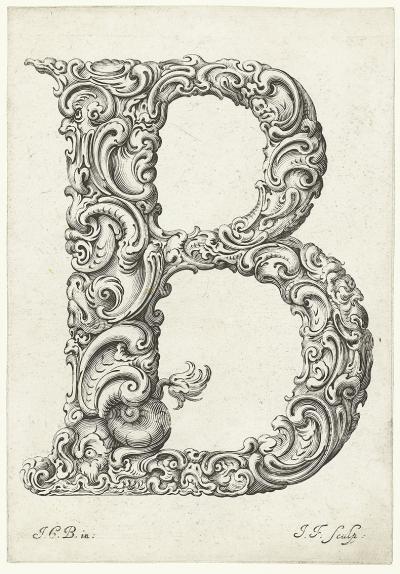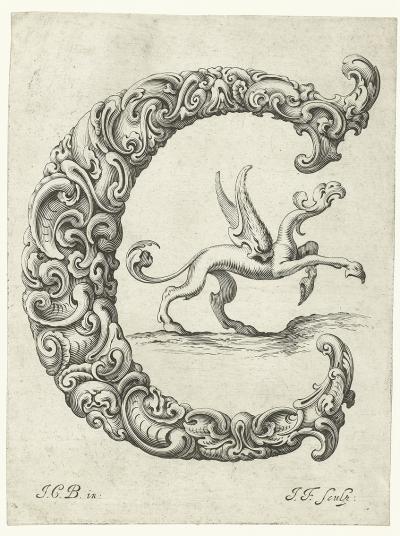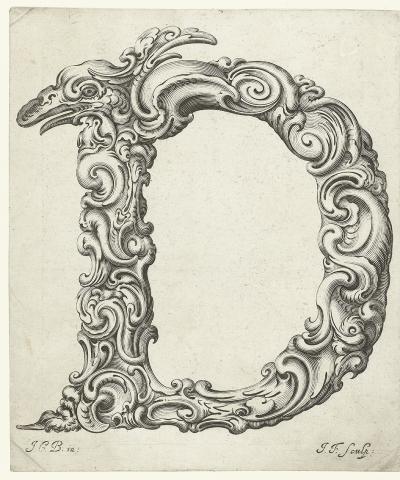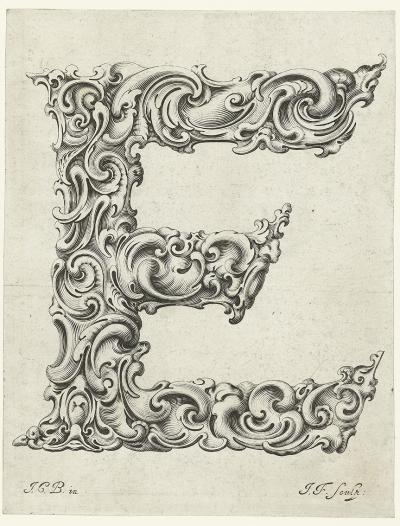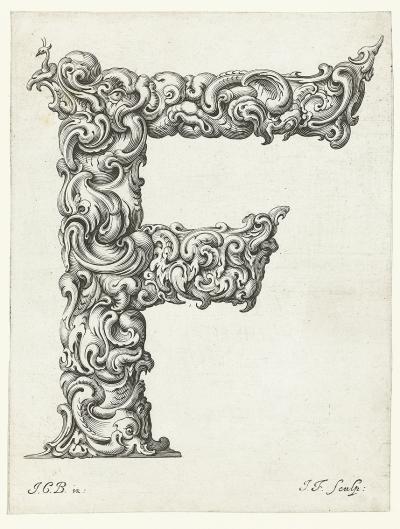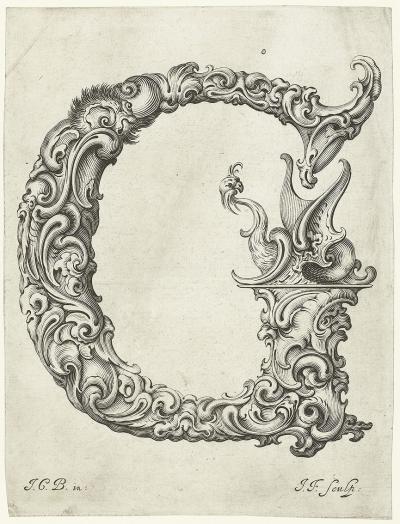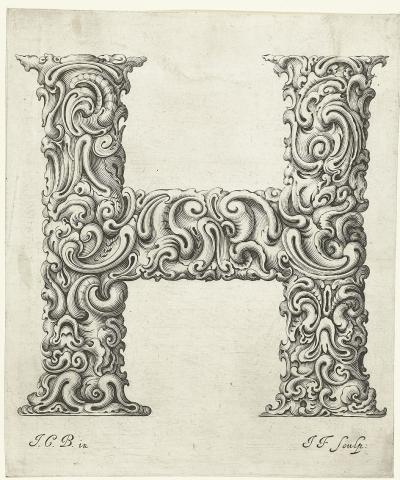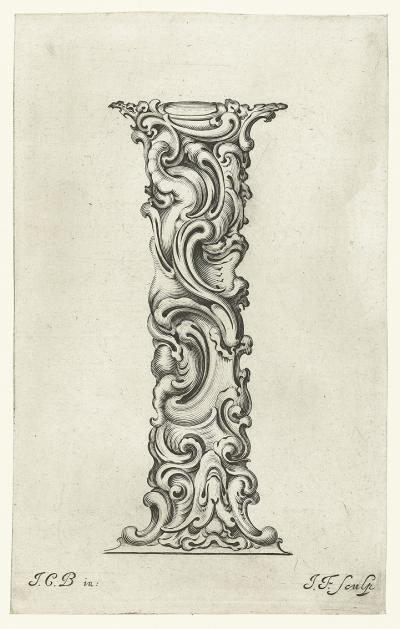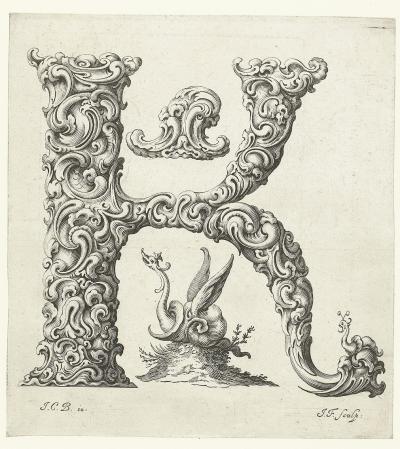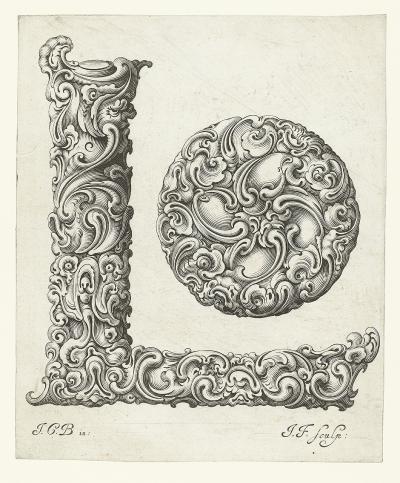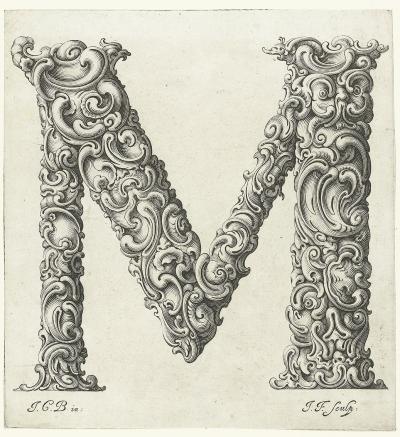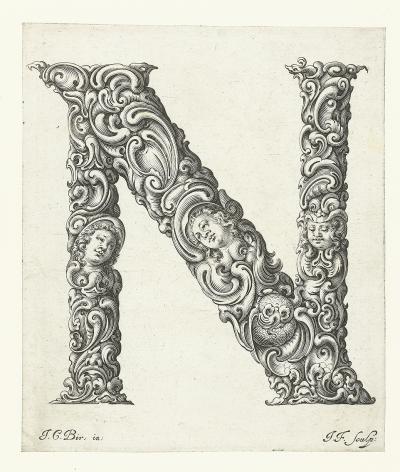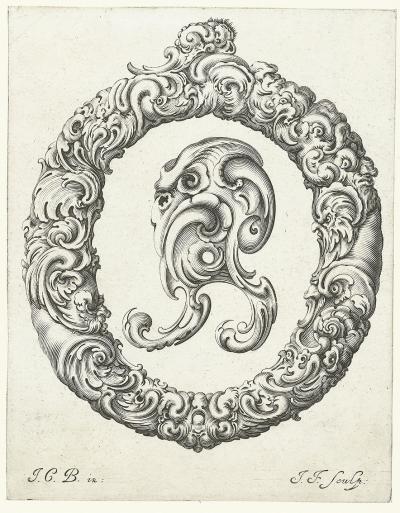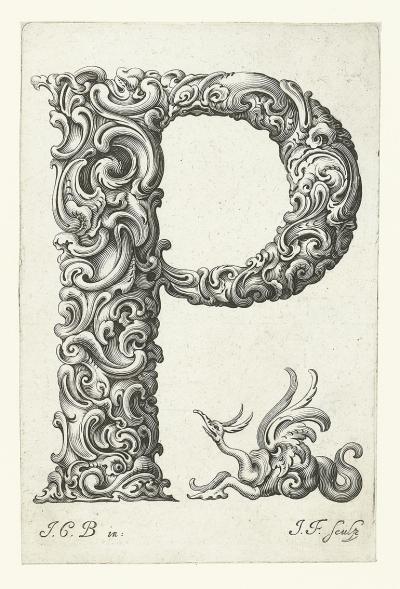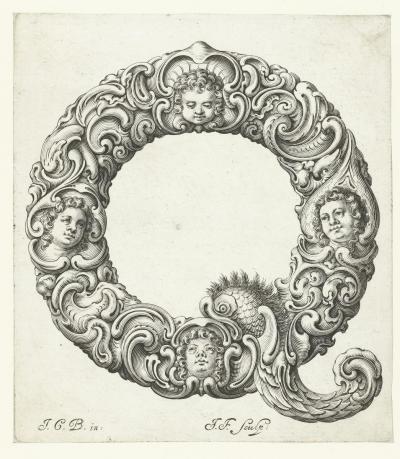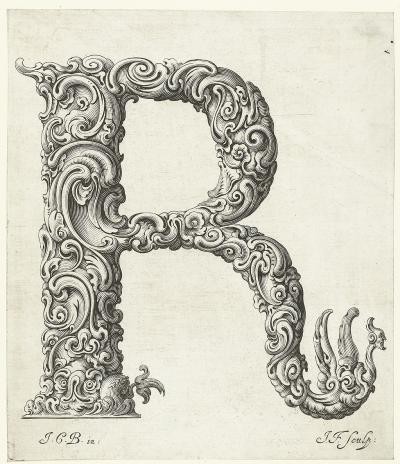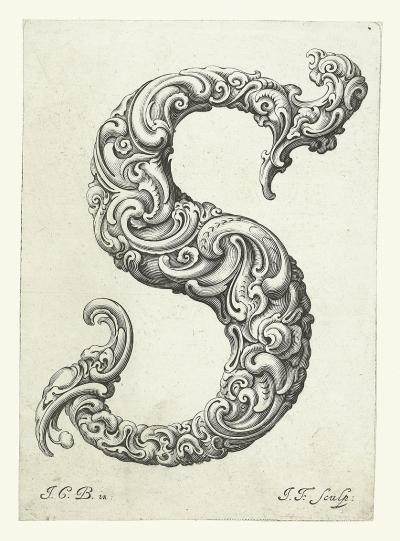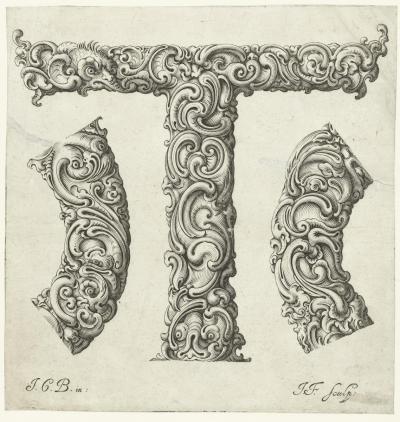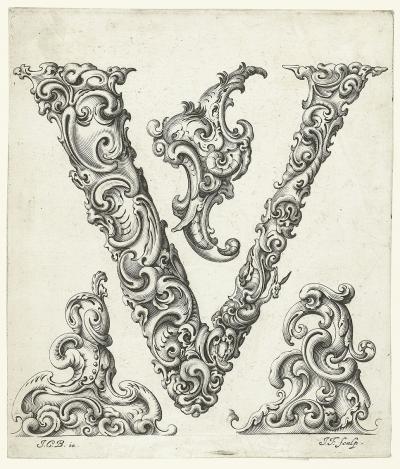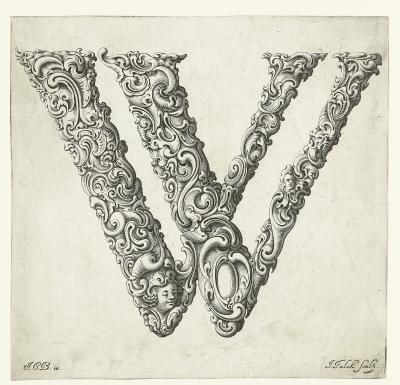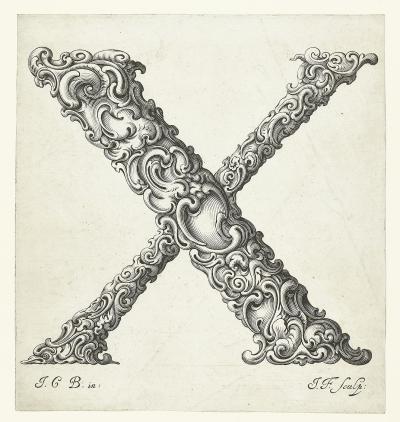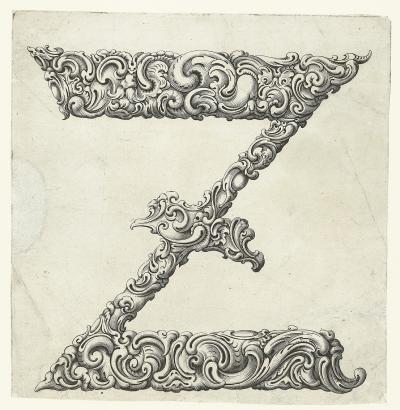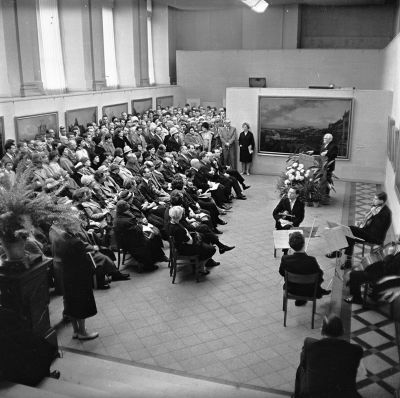Jeremias Falck
Mediathek Sorted

In 1646 Falck returned to Danzig, where he remained for the next three years. Proof of this is provided by the above-mentioned entries in the baptismal register of the church of St Peter and Paul. In 1649, with the help of Le Blond, who was the art agent for Queen Christina of Sweden, he was summoned to the court in Stockholm. Entires in the court register of payments published in 1876 in the “Album Muzeum Narodowego w Rapperswylu” (Block, PDF, p. 8) show that the artist was paid a total of 900 talers in silver coins in 1649. In 1650 he travelled to Danzig to marry Anna Mercator, and after that he travelled back to Stockholm with his wife.
During his time in Danzig the works he created were exclusively related to the city. These included the sole architectural portraits, as well as book titles and other portraits. When the freshly married Polish king, Władysław IV Wasa, visited Danzig with his queen, Ludowika Maria Gonzaga, three magnificent gates of honour were built from designs by the Danzig city painter, Adolf Boy (1612-1680?). Both Falck and Willem Hondius have passed them on to us in their engravings.[6] Falck portrays a small triumphal arch with the figures of Atlas and Hercules. Above, in a rainbow, the city of Danzig can be seen in shining sunlight. Boy is given as the person who drew the portrait; Falck signed it for the first time with an additional designation: “Polonus” (Block 192, Ill. 30). A further sheet shows the images round the side pedestals in great detail (Block 193). The second gate of honour consists of two slim pyramids hung with flowers and fruits and a flying eagle wearing a crown, flanked by sculptures portraying Apollo and Diana (Block 194, Ill. 31). Here too the images on the side pedestals have also come down to us on a further sheet (Block 195). In Block’s time the copper plates for both gates of honour could be found in the town Hall in Danzig. The third gate of honour is known from the title page engraved by Falck from a description of this temporary construction made by Andreas Scato, which appeared in Danzig in 1646. The side pillars have two coats of arms and two female genii (on the left signifying victory with the Polish coat of arms and, on the right, peace with the Swedish coat of arms). Between them they hold a portrait of King Władysław IV framed in a wreath of laurels. At the foot of the gate is a huddled group of fettered hostages from peoples subjected by Władysław (Block 196, Ill. 32).
In 1647 Falck made the title engraving for a book containing speeches made by the Polish-Lithuanian statesman, Jerzy Ossoliński (1595-1650) to Pope Urban VIII (1568-1644) and secular leaders, whilst on a diplomatic mission from the Polish kings Sigismund III Wasa (1595-1632) and Władysław IV Wasa (1595-1648). Ossoliński had been appointed Grand Treasurer to the Polish Crown in 1630. In 1633 he was made Prince of Ossolin by Pope Urban, and was pronounced an Imperial Prince in 1634 by Kaiser Ferdinand II (1578-1637). In 1635, in Prussia, he signed the peace treaty of Stuhmsdorf between Poland and Sweden, and in 1636, at the Reichstag in Regensburg he concluded the marriage contract between Władysław IV and his first wife, Cäcilia Renata of Austria. In 1641 he travelled to Rome once more in order to explain Polish foreign policy plans to the Pope. The engraving attributed to Falck by the Polish historian and publicist, Józef Ignacy Kraszewski (1812-1887), shows Ossoliński kneeling before the Pope. The book was published in Danzig by the bookseller and publisher, Georg Förster (1615?-1660) (Block 203, Ill. 33). In the same year Falck engraved the title page for a work entitled “Selenographia sive Lunae Descriptio” (English: Selenography or the Description of the Moon). The cartography of the moon, written by the astronomer, Johannes Hevelius (1611-1687), and based on his own observations, was dedicated to Władysław IV. On either side of the words on the title page can be seen the astronomers Galileo and Alhazen, at the base is a view of the city of Danzig and the Danzig coat of arms. The page was drawn by Boy and signed by Falck as the engraver with the additional designation “Polonus”. It was published in Danzig by the bookseller and publisher, Andreas Hünefeld (1606-1652, Block 197, Ill. 34). A later double page shows a portrait of Hevelius, engraved by Falck from a painting by the Danzig artist, Helmich van Tweenhuysen II. (also Twenhusen or Iwenhusen, 1598/1604-1673). It also appeared as a single sheet (Block 245, Ill. 35). In the same year he engraved a portrait of Friedrich Wilhelm Markgraf von Brandenburg (1620-1688), presumably from a painting by Govaert Flinck [7] (1615-1660): it was published by Förster in Danzig (Block 237, Ill. 36). In the following year there followed a portrait of the Lutheran theologian and pastor at St Mary’s Church in Danzig, Daniel Dilger (1572-1643), based on a painting by the Danzig artist, Salomon Wegner (ca. 1580 - ca. 1649, Block 230, Ill. 37).
[6] Willi Drost: Boy, Adolf in: Neue Deutsche Biographie 2 (1955), p. 494 f. https://www.deutsche-biographie.de/gnd129238635.html#ndbcontent
[7] a somewhat later, amazingly similar, portrait of Govaert Flinck made in 1652 can be found in the Stiftung Preußische Schlösser und Gärten Berlin-Brandenburg, http://www.fotothek.spsg.de

















































































